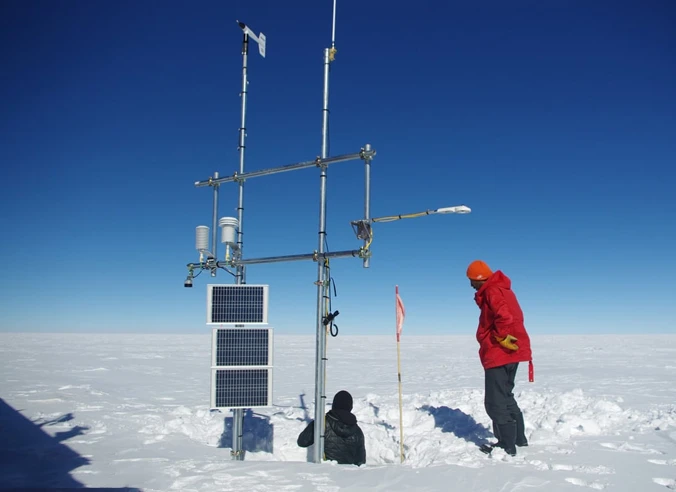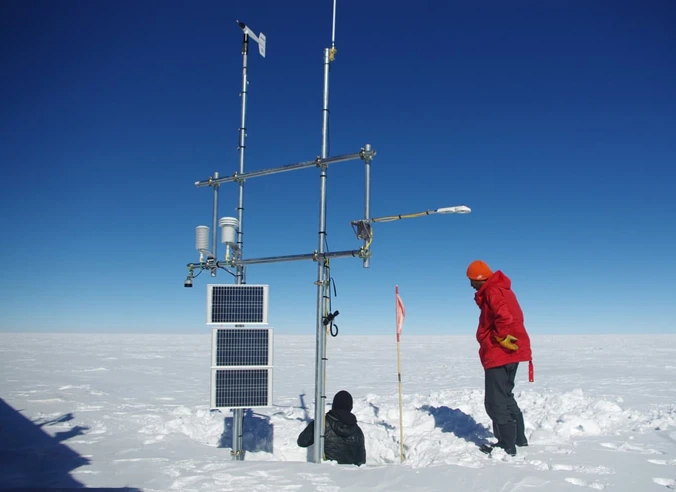AWS Weather Station: Real-Time Environmental Monitoring Solutions

# AWS Weather Station: Real-Time Environmental Monitoring Solutions
AWS Weather Station: Real-Time Environmental Monitoring Solutions
In today’s rapidly changing climate, having access to accurate and real-time environmental data is more important than ever. The AWS Weather Station offers a comprehensive solution for monitoring weather conditions, providing valuable insights for various industries and applications.
What is an AWS Weather Station?
An AWS Weather Station is a sophisticated system designed to collect, process, and transmit environmental data in real-time. These stations are equipped with a variety of sensors that measure parameters such as temperature, humidity, wind speed, wind direction, rainfall, and atmospheric pressure. The data collected is then transmitted to a central server, where it can be accessed and analyzed by users.
Key Features of AWS Weather Stations
1. Real-Time Data Collection: AWS Weather Stations provide continuous monitoring of environmental conditions, ensuring that users have access to the most up-to-date information.
2. High Accuracy Sensors: The sensors used in AWS Weather Stations are highly accurate, ensuring reliable data for critical decision-making processes.
3. Remote Access: Data collected by AWS Weather Stations can be accessed remotely via the internet, allowing users to monitor conditions from anywhere in the world.
4. Customizable Alerts: Users can set up customizable alerts to notify them of specific weather conditions, such as high winds or heavy rainfall.
5. Integration with AWS Services: AWS Weather Stations can be integrated with other AWS services, such as AWS IoT Core and AWS Lambda, for advanced data processing and analysis.
Applications of AWS Weather Stations
1. Agriculture: Farmers can use AWS Weather Stations to monitor weather conditions and make informed decisions about planting, irrigation, and harvesting.
2. Construction: Construction companies can use AWS Weather Stations to monitor weather conditions on job sites, ensuring the safety of workers and the integrity of structures.
3. Energy: Energy companies can use AWS Weather Stations to monitor weather conditions that may impact energy production, such as wind speed for wind turbines or solar radiation for solar panels.
4. Transportation: Transportation companies can use AWS Weather Stations to monitor weather conditions that may impact road, air, or sea travel, ensuring the safety of passengers and cargo.
5. Research: Researchers can use AWS Weather Stations to collect environmental data for scientific studies, helping to advance our understanding of climate change and its impacts.
Benefits of Using AWS Weather Stations
1. Improved Decision-Making: Access to real-time environmental data allows users to make more informed decisions, reducing risks and improving outcomes.
2. Cost Savings: By monitoring weather conditions, users can optimize operations and reduce costs associated with weather-related disruptions.
3. Enhanced Safety: Real-time weather monitoring helps ensure the safety of people and property by providing early warnings of hazardous conditions.
4. Scalability: AWS Weather Stations can be easily scaled to meet the needs of small operations or large enterprises, making them a versatile solution for a wide range of applications.
5. Integration with AWS Ecosystem: The ability to integrate with other AWS services provides users with a powerful toolset for data analysis, visualization, and automation.
Conclusion
The AWS Weather Station is a
Keyword: aws weather station
